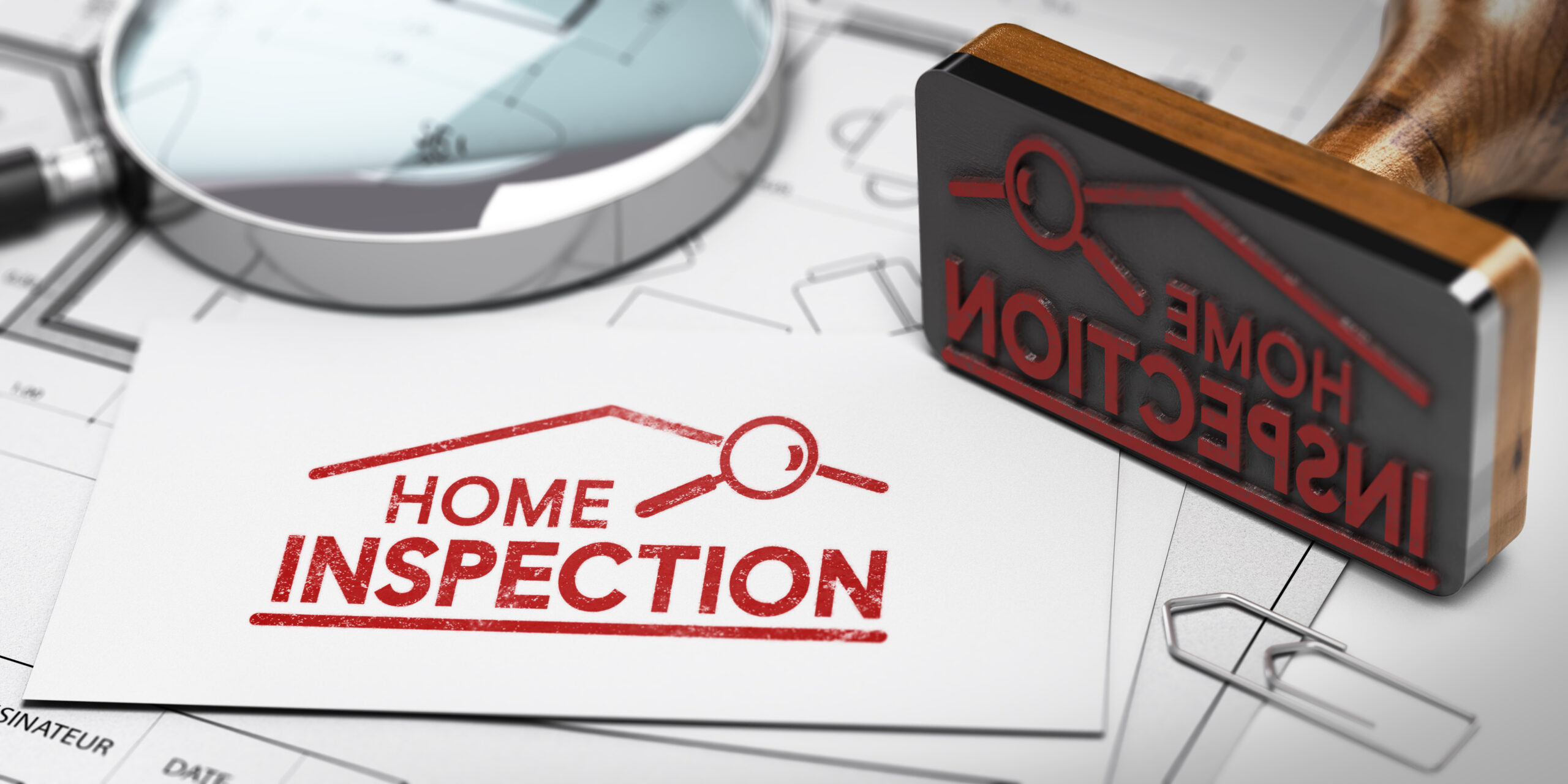Flipping homes can be a lucrative venture when done right, but it’s not for the faint of heart. The real estate market is unpredictable, and novice flippers can quickly find themselves in over their heads. To navigate the world of home flipping successfully, we are offering a little sage advice from our years of lending and investing experience. Lantzman Lending has over 30 years of private lending and investing experience as both a lender and real estate investor. We have seen a lot of great flips and lot of mistakes in our time, and here are five essential tips for home flippers to help maximize profits, minimize risks, and to scale your flipping business…
1. Do a professional home Inspection (when possible):

One of the biggest mistakes new home flippers make is skipping the inspection. While some properties may seem like golden opportunities at first glance, hidden issues can quickly turn a promising project into a financial nightmare. Before committing to a purchase, invest in a professional home inspection when possible. This will uncover potential problems like structural issues, water damage, electrical problems, or pest infestations that might not be visible to the untrained eye. The cost of an inspection is a small price to pay compared to the potential savings and peace of mind it can provide.We also understand that sometimes, a traditional home inspection may not be possible due to accessibility to the property or aggressive offer terms that might be required to win. If it is not possible to do a full home inspection, then a knowledgable contractor is a must and your greatest asset. At a minimum, walk the property with a contractor or project manager that you trust so you can minimize the risk. A perceived good investment can go south quickly with a few undiscovered issues.
2. Don’t Underestimate Your Holding Costs and Timeline:
Flipping homes involves more than just the purchase price and renovation costs. Holding costs, which include property taxes, insurance, utilities, and loan interest, can add up quickly, especially if the flip takes longer than expected. Many first-time flippers underestimate the time needed to complete a project, leading to increased holding costs and reduced profits or even losses. Always factor in extra time and expenses into your budget to ensure you’re financially prepared for delays and unforeseen challenges. In a perfect world, you might be able to finish your renovation and sale in 3-4 months, but we recommend budgeting 6 months to ensure success and for larger renovations or renovations involving additions we recommend you budget 9 months or more…
Some common pitfalls in estimating your costs of doing business:
-
- Delays in construction are very common, and you need to prepare for the unexpected, don’t forget to add a contingency on your budget of at least 10 – 15% and also add a minimum of 30 days to the contractor timeline to properly calculate your holding costs
- Don’t underestimate you Cost of Sale: This usually includes sales commission, title & escrow expenses negotiated during the sale, credits in lieu of repairs or repairs that are negotiated, staging expenses, etc… Make sure to add a reasonable pad to your actual sales commission
- Property Taxes are going to being reassessed once you purchase property from the date of purchase until your sale date. Account this change in property taxes. Most a bill will be received at a later time, probably the following year, in the form of supplemental tax bill. Often times this can be significantly sized bill as the property you are buying was old and outdated and the previous owner had a very low property tax assessment.
3. Keep Accurate Records and Know Your Numbers:
 Flipping houses is a business, and like any business, it requires careful financial management. Keep detailed records of all expenses, from the initial purchase price to renovation costs and holding costs. Knowing your numbers is crucial for making informed decisions and assessing the profitability of a flip. Create a comprehensive budget and stick to it, tracking every dollar spent and earned. This meticulous record-keeping will not only help you stay on top of your finances but also provide valuable insights for future projects.
Flipping houses is a business, and like any business, it requires careful financial management. Keep detailed records of all expenses, from the initial purchase price to renovation costs and holding costs. Knowing your numbers is crucial for making informed decisions and assessing the profitability of a flip. Create a comprehensive budget and stick to it, tracking every dollar spent and earned. This meticulous record-keeping will not only help you stay on top of your finances but also provide valuable insights for future projects.
Quick tips in accounting & finance:
-
- Buy your homes in an entity (LLC, partnership, S-Corp)
- Learn how to do basic account in quickbooks or an alternative accounting software
- Increase you ROI (return on investment) by using loans or co-investors
- Have some reserves set aside for contingency during the renovation
- Open a bank account dedicated to you flipping business
- Hire a professional accounting to do your taxes
4. Make the Right Improvements at the Right Price:

When renovating a home for resale, it’s essential to strike a balance between upgrades and costs. Overspending on high-end finishes and unnecessary renovations can eat into your profits, while cutting corners can lead to a property that doesn’t appeal to buyers. Research your target market and neighborhood to determine the features and upgrades that will provide the best return on investment. Focus on improvements that add value without breaking the bank. Consult with experienced contractors to get accurate estimates and avoid cost overruns.
Construction and cost control tips:
-
- Open supplier accounts with the materials suppliers when possible (tile, flooring, appliances, countertops, cabinets, plumbing, etc..) are all areas where you can save a lot by opening a wholesale account
- Keep it simple and neutral, don’t over-design or over-build, and let the buyer complete the custom, finishing touches themselves. A few nice custom touches go a long way, but if you do too much, at some point you are going to see a diminishing return on investment…
- No fridge, no shower glass, blank slate backyards are all ways to cut cost that many investors feel do not affect sales price. Educate and study your competitors results and projects to see what is working for the more experienced investors…
- DON’T CUT CORNERS, it will come back to haunt you in the form of request for repairs, reduced sales prices, or legal problems after the sale. This goes hand in hand with item number 5, if don’t cut corners then disclosure is easy. If you cut corners, then non-disclosure will come back to bite you….
- You don’t need to “reinvent the wheel”. Look at comparable sales in the neighborhood and see what types of finishes are getting the highest prices and then finish your property in a similar manner. You don’t need to win awards for best design…
- VERY IMPORTANT: Read your contractors and subs bids and understand them in detail. This might sound obvious, but contractors often have language that allow for changes and/or items that are not covered in the bid that can be easily be missed by the inexperienced investor.
5. Disclose, Disclose, Disclose:

In the world of real estate, honesty and disclosure is not only the best policy but also a legal requirement. When selling a flipped property, always disclose any known defects, issues, or repairs made during your ownership. Failure to disclose can lead to costly legal problems down the road. Full transparency builds trust with buyers and can even result in a smoother transaction. Be prepared to provide documentation of all improvements and repairs, as well as any warranties or guarantees that may apply.
In conclusion, successful home flipping requires a combination of careful planning, hard work, financial discipline, and transparency. By following these five best practices, you can increase your chances of turning a profit in the competitive world of real estate. Remember that each flip is a learning experience, and with time and practice, you’ll become a more adept and profitable home flipper.
Happy Flipping from Lantzman Lending!
To learn more about Lantzman Lending and our loans for fix and flip investors then you can follow us on Facebook & Instagram
======> Get a quote for your next loan in minutes <=======




